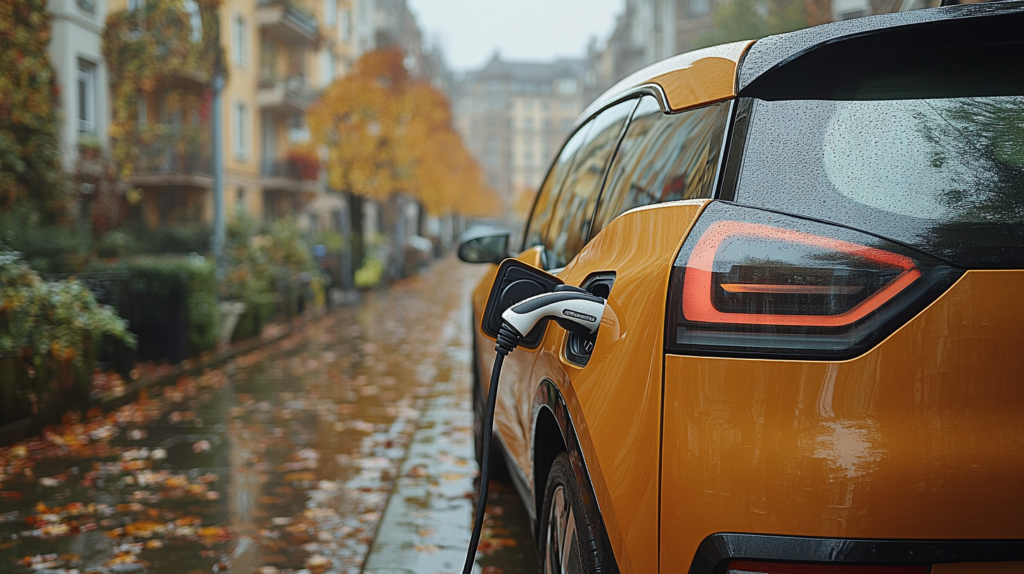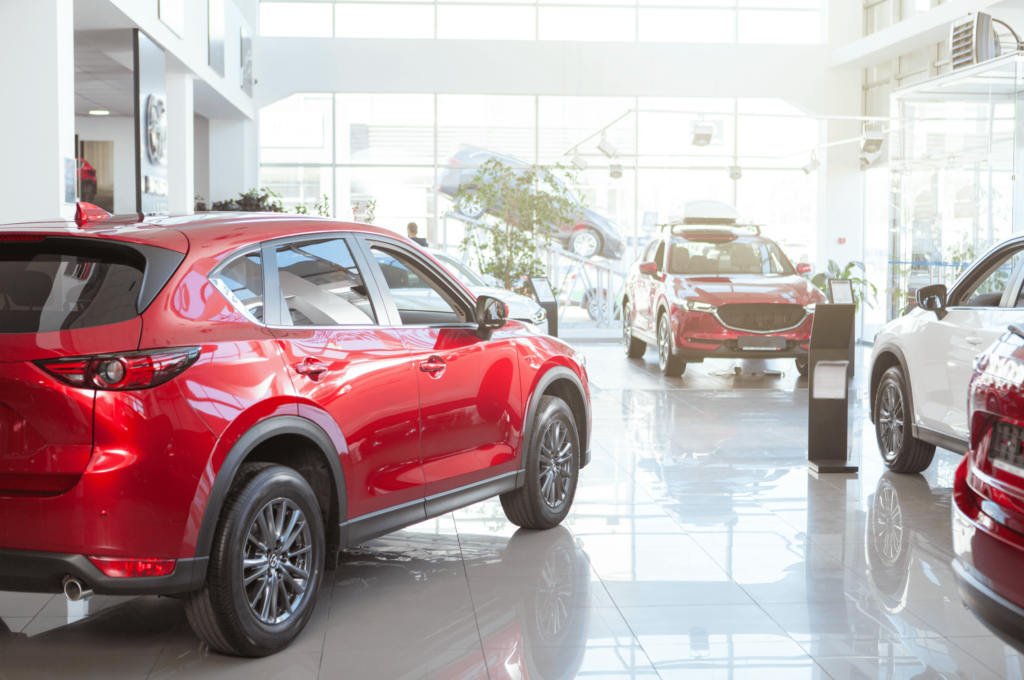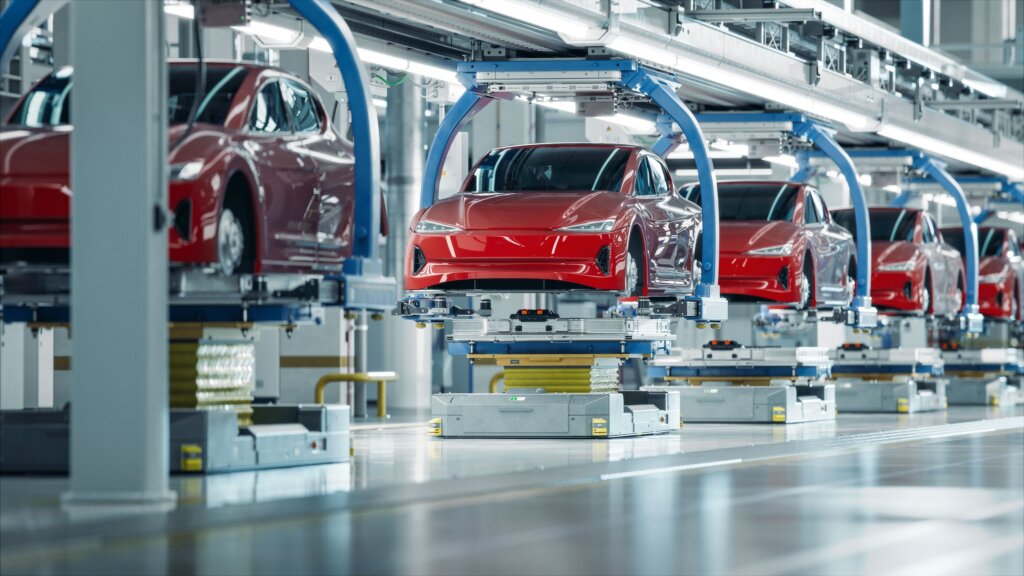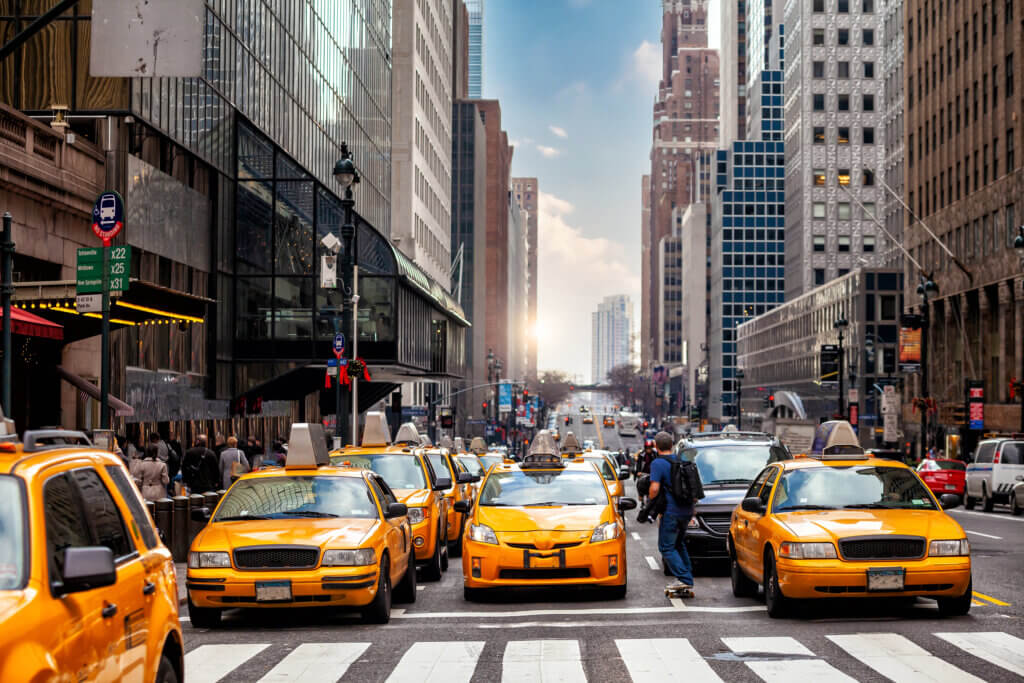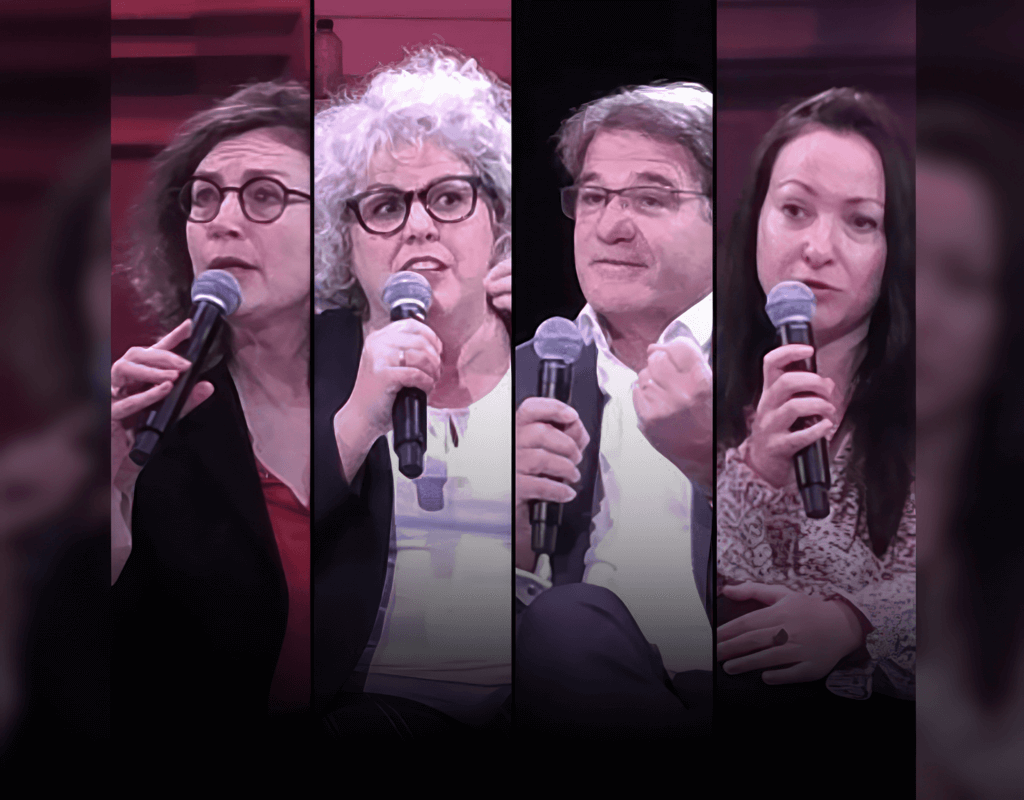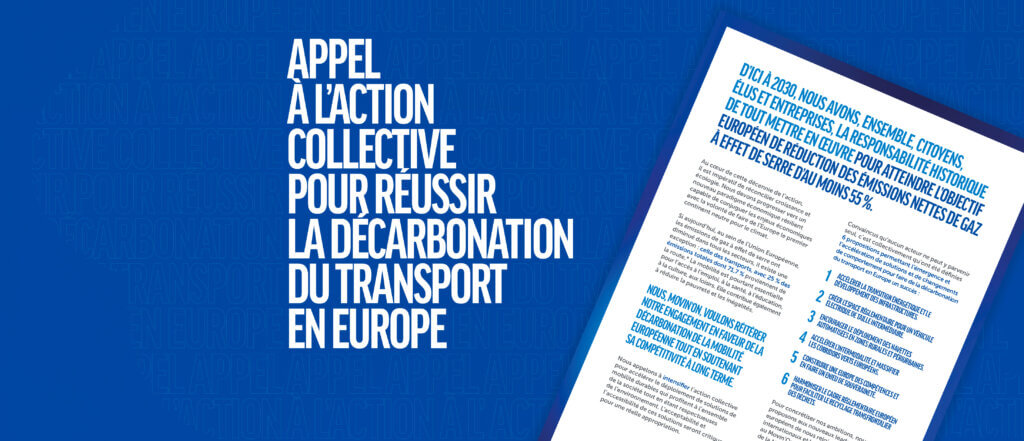India Finds Skills, Funding to Construct First High-Speed Rail Line
Sometime in the second half of 2028, travelers on their way to India’s financial capital, Mumbai, will board the country’s first bullet train in Ahmedabad, capital of Gujarat state, and be whisked to their destination at 350 km/h (217 mph) away, arriving in two hours on the express trains, three hours on the locals. Seven more lines are in the planning stages.
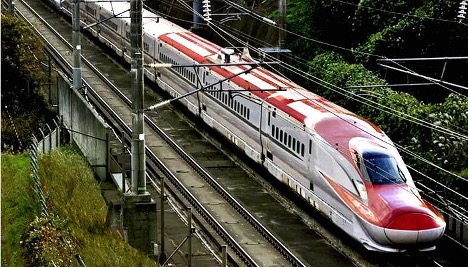
Sometime in the second half of 2028, travelers on their way to India’s financial capital, Mumbai, can board the country’s first bullet train in Ahmedabad, capital of Gujarat State, and be whisked to their destination at 350 km/h (217 mph) away, arriving in two hours on the express trains, three hours on the locals. Seven more lines are in the planning stage.
The electric bullet trains, powered by overhead lines, are expected to yield a huge time saving, zooming across the 508 km (316 miles) between the two financial hubs in western India and stopping at some or all of 12 stations on the way. On today’s fastest train, this route takes six hours, nine hours by bus. Costly but popular air travel takes about 95 minutes.
There will be 35 high-speed trains per day/one direction, with a frequency of every 20 minutes in peak hours and every 30 minutes in non-peak hours. Each train can carry 690 passengers in 10 cars.
The entire journey will be completed in about 2 hours 7 minutes with limited stops at the cities of Surat, Vadodara and Ahmedabad. The all stops local service will take 2 hours 58 minutes. The Operations Control Centre for the Mumbai-Ahmedabad High Speed Rail Corridor will be located at Sabarmati.
India can expect improved convenience plus a reduction in greenhouse gas emissions and revitalization of the area served by the new high-speed trains.
Currently under construction, the bullet train service is expected to be fully operational by 2028-29 according to India’s National High-Speed Rail Corporation Ltd. (NHSRC), which describes itself as “a visionary entity” established to execute India’s first bullet train project.
Along the 508 km route, explained Shri Rajendra Prasad, NHSRC’s managing director, 448 km will be elevated. Along 26 km of the route, the bullet train will run in tunnels. The bullet train will run through India’s first undersea tunnel, spanning a distance of 21 km (13 miles). On another 10 km the train will run on bridges, and for seven km on embankments.
“OUR VERY OWN HIGH-SPEED TRAIN LINK IS BEING DEVELOPED WITH ONE OF THE BEST GLOBAL TECHNOLOGIES, THE JAPANESE SHINKANSEN SYSTEM, WHICH IS KNOWN FOR ITS IMPECCABLE SAFETY AND PUNCTUALITY RECORDS.” – Rajendra Prasad, Managing Director, India’s National High-Speed Rail Corporation, Ltd.
Japanese Technology and Financing
Using Japan’s Digital Shinkansen- Automatic Train Control technology, the project aims to set new benchmarks in safety and efficiency, underscoring the “commitment to passenger well-being” claimed by India’s NHSRC.
Early earthquake detecting equipment, a wind speed monitoring system and rail temperature monitoring will be on board the sleek, high-speed trains to ensure the safety of the passengers and infrastructure.
Estimated to cost US$15 billion, the Mumbai-Ahmedabad High Speed Rail project is primarily financed through a loan of US$12 billion from Japan, offered at an exceptionally low interest rate of 0.1 percent over 50 years. The financing is being executed with Official Development Assistance Loan assistance from the Japan International Cooperation Agency (JICA).
Under a collaborative financing model, 81 percent of the project’s construction and procurement costs are funded by the Government of Japan through JICA. The remaining costs are shared among the Government of India, the State of Maharashtra where India’s most populous city, Mumbai, with 12.5 million residents, is the capital, and the State of Gujarat where Ahmedabad is the largest city with 8.8 million residents.
The new bullet trains built by Hitachi and Kawasaki Heavy Industries are expected to be popular. Featuring double skin aluminum alloy air-tight bodies, noise-insulated cabins, and ergonomically designed seating, the Mumbai-Ahmedabad High Speed Rail (MAHSR) trains aim for a comfortable, enjoyable journey for passengers of all ages and abilities.
Air travel between Ahmedabad and Mumbai is projected to see more than 60 percent of its customers shift to the new bullet train, with its flexibility to get on and off en route and easy access to other modes of transportation, according to Japan’s Prime Minister Fumio Kishida in a 2023 statement.
High-Speed Rail Corridor Progress Update
The high-speed rail project was launched in 2017 and was originally set for completion by December 2023, but delays due to land acquisition and COVID-19 extended the timeline. The Railways Ministry says the first phase, a 50-km stretch between Surat and Bilimora, will be completed by August 2026. The 352 km section through Gujarat is expected to open in 2027.
To date, the National High-Speed Rail Corporation reports that 100 percent of the land needed for the project has been acquired. The project requires 1,389 hectares of land across Gujarat, Maharashtra, and Dadra and Nagar Haveli, a district on India’s west coast touching both Gujarat and Maharashtra.
All civil contracts for the project in Gujarat and Maharashtra have already been awarded. These include what became the largest civil contract to be awarded in India so far, the contract for construction of 237 km of viaduct, including four high-speed rail stations at Vapi, Bilimora, Surat and Bharuch and a rolling stock depot at Surat in Gujarat. Track works and tenders for electrical and signaling are in advanced stages.
A total of 24 river bridges will be constructed as part of the alignment, 20 bridges in Gujarat and four in Maharashtra. Work on eight of these bridges now has been completed,
The high-speed train manufacturers Hitachi and Kawasaki Heavy Industries have started talks with Indian Railways on design changes such as the modification of the air conditioning system so it can operate at India’s temperatures that can soar to 50° Celsius (122° Fahrenheit).
The Government of Japan says its strength in the MAHSR project is its “rich experience” promoting subway construction projects across India for more than two decades. Notably, the track record and expertise gained through construction of the Delhi Metro, Japan’s first project in India, “form a strong foundation,” the Government of Prime Minister Fumio Kishida said in a statement in September 2023.
The First But Not the Last
As India positions itself to join what the government views as the group of global superpower nations, transformation of the country’s 167-year-old railway system is essential, the Modi Government believes. India now plans a phased upgrade of both passenger and freight rail networks.
The Modi Government has plans for a network of high-speed bullet trains connecting four primary cities nicknamed the Diamond Quadrilateral.
An outgrowth of India’s national highway system, dubbed the Golden Quadrilateral, the network of bullet train routes that will become the Diamond Quadrilateral link the nation’s capital, Delhi, on three lines, Mumbai on two more, and six other cities on other lines that will look like a rough four-sided geometric figure when complete at some future, undefined time.
The National Rail Plan envisions enhancing the outreach of the high-speed rail system and increasing connectivity to all cites identified as important by the government. As part of the National Infrastructure Project, seven high-speed rail corridors have been identified.
- Delhi – Lucknow – Varanasi (813 km)
- Varanasi – Patna – Howrah (752 km)
- Delhi – Jaipur – Udaipur – Ahmedabad (872 km)
- Delhi – Chandigarh – Ludhiana – Jalandhar – Amritsar (476 km)
- Nagpur – Nasik – Mumbai (767 km)
- Mumbai – Pune – Hyderabad (671 km)
- Chennai – Bengaluru – Mysore (464 km)
To begin the planning process for these routes, the Ministry of Railways has handed the work of detailed project reports to the National High-Speed Rail Corporation.
Fast rail is important for the Modi Government, which made the bullet train part of the modernization agenda on which it ran for office in the 2014 elections. The project is a boost for Prime Minister Modi’s home state of Gujarat, where Ahmedabad is located and a boon to India’s steel and cement industries. The government claims the project will create some 36,000 jobs.
“BULLET TRAIN IS ALL ABOUT SPEED AND IT WILL BRING EMPLOYMENT AND DEVELOPMENT AT A FAST PACE. THE BULLET TRAIN WILL HELP INDIA INCREASE ITS PRODUCTIVITY. PRODUCTIVITY IS THE BASIS OF GROWTH. INDIA WILL FOCUS ON ‘HIGH PRODUCTIVITY WITH HIGH-SPEED CONNECTIVITY.’” – Narendra Modi, Prime Minister of India
Modi made these remarks in 2017 during a project funding meeting with his Japanese counterpart, Prime Minister Shinzo Abe.
Prime Minister Abe said, “I would like to state that India-Japan partnership is special, strategic and global.”
Animals and Trees Somewhat Sheltered
Even as the development is good news for residents of cites in this area, the large-scale construction will cause a major dislocation to wildlife. Stakeholders decided to create an animal corridor, with an underpass and overpass, to offer at least one smooth passage for wildlife across the tracks.
The 100-foot-wide overpass will be below the MAHSR line. Its design will match the natural vegetation; rocks, logs and water bodies will be added. Restrictions will be imposed on the use of lighting in the area, and noise barriers will be erected.
The alignment of the MAHSR corridor moves underground in the area of a Flamingo Sanctuary. Here, naturalists were of the opinion that the tunnelling process which will be used to construct the high-speed train tunnel line will cause vibrations that would sink the area’s mud flats. Flamingos feed on the fish in this mud, so any changes would force the birds to move elsewhere.
NHSRC commissioned a study accepted by the Wildlife Board that concludes that the vibrations would be below the safe limits.
NHSRC also counted the number of mangroves which will be needed to be cut in the Mumbai area to make way for construction. Special permission is required from the High Court which has stayed all cutting of mangroves in the Mumbai area. For every mangrove that is affected, NHSRC has deposited money for compensatory tree planting. So, even though 22,000 mangroves will have to be cut, around 1,60,000 new mangroves will be planted at the expense of the NHSRC.
Along the MAHSR corridor, special efforts have been made to ensure that some of the ecological hotspots for wildlife in northwestern Maharashtra, such as the Sanjay Gandhi National Park and the Tungareshwar Wildlife Sanctuary, both touched by the alignment for the high-speed trains, are not adversely impacted.
The proposed alignment of the MAHSR corridor passes through natural areas, where many trees had to be removed or relocated to make way for construction of the high-speed line.
The National High-Speed Rail Corporation opted for relocation. Thousands of trees were saved in a massive, voluntary tree transplantation drive so that the plants and wildlife of the region can be preserved.
International Supporters On Board
The Mumbai-Ahmedabad High Speed Rail Corridor is one of the projects promoted under the Partnership for Global Infrastructure and Investment (PGII), the G7’s flagship infrastructure and investment initiative. This shared G7 commitment was launched in 2022 to advance public and private investments in sustainable, inclusive, resilient and quality infrastructure.
Through partnerships with governments, the private sector, and financial institutions, the G7, of which Japan is a member, aims to mobilize up to US$600 billion by 2027, in order to narrow the infrastructure investment gap in partner countries such as India.
As an aside, through the membership of Japan, the G7’s Partnership for Global Infrastructure and Investment is sponsoring a broader e-mobility rollout in India that includes funding for the manufacturing and deployment of up to 40,000 electric buses made in India.
High-speed trains are the life’s work of Dr. Reiko Abe, a civil engineer and president of Oriental Consultants India Private Limited, (no relation of Japan’s late former PM Shinzo Abe.) She has spent more than a decade on the development of local subway systems working in tunnel construction in Norway and Taiwan. Since 2007, she has worked as a consultant on subway construction projects in New Delhi, the capital of India, and her company is one of the firms consulting on the MAHSR.
“One day,” recounted Dr. Abe, “when I was traveling in an auto rickshaw, we got stuck in traffic due to subway construction. The driver then told me with pride, ‘Madam, this is our Metro! Great, isn’t it?’ “I have never been so happy. His words inspire and motivate me even now.”
“Just like the Delhi Metro, the MAHSR bullet train project has the potential to bring great change and growth to the country as a whole. Eventually, our aspiration is to spur the development of a domestically self-supporting system. We will try our best so that one day, Indian people will say, ‘Madam, this is our bullet train!’”
Toute l’actualité de Movin’On
dans votre boîte mail
Auteur
Partager
Tweets de @movinonconnect
Movin'On 2035 TODAY EP02 - Circular Economy & Competitivity
Movin’On 2035 TODAY EP01 – Fair Mobility for All https://x.com/i/broadcasts/1yNxagBrWZbGj
✨ THAT'S A WRAP!
Movin'On Summit 2024 has just concluded in Brussels!
More than 350 leaders and experts in sustainable mobility gathered to exchange ideas, collaborate, and share their vision for desirable and decarbonised mobility in Europe. Together, we explored ways to build…
🔴 Live from #MovinOnSummit2024
@AshaSumputh has just invited Denis Machuel, CEO at @AdeccoGroup and Florent Menegaux, President of the @Michelin Group & President of Movin'On
L’actualité de la mobilité durable
Découvrez les dernières tendances, des analyses thématiques et nos prochains rendez-vous

